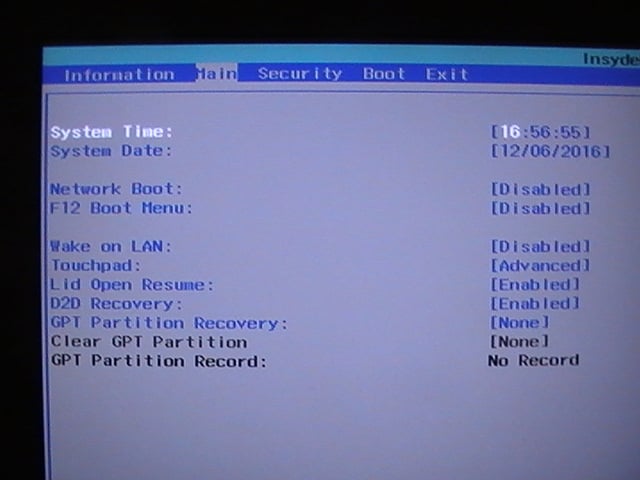

YYYY/MM/DD HH:mm:ss:SSS PID TID Agent ServiceID =. YYYY/MM/DD HH:mm:ss:SSS PID TID Agent Online = Yes Interactive = No AllowCachedResults = No Ignore download priority = No

Start Services.msc and check if the following services are running:įeature updates aren't being offered while other updates areĭevices running Windows 10, version 1709 through Windows 10, version 1803 that are configured to update from Windows Update (including Windows Update for Business) are able to install servicing and definition updates but are never offered feature updates.Ĭhecking the WindowsUpdate.log reveals the following error: YYYY/MM/DD HH:mm:ss:SSS PID TID Agent * START * Finding updates CallerId = Update taskhostw Id = 25 If these services stop unexpectedly, then you might see this behavior. The Settings UI communicates with the Update Orchestrator service that in turn communicates with to Windows Update service. Since the deployment is slow and measured to begin with, all devices won't receive the update on the same day. It's also possible, if your device is part of a deployment group, that your admin is intentionally slowing the rollout of updates. If the update you're offered isn't the most current available, it might be because your device is being managed by a WSUS server, and you're being offered the updates available on that server. The following are some of the most common attributes: The update that is offered to a device depends on several factors. You might encounter the following scenarios when using Windows Update. Windows 7 SP1 and Windows Server 2008 R2 SP1Īdvanced users can also refer to the log generated by Windows Update for further investigation.Windows 10, version 1809 and Windows Server 2019.Windows 10, version 1903 and Windows Server, version 1903.Windows 10, version 1909 and Windows Server, version 1909.

Windows 10, version 2004 and Windows Server, version 2004.To verify the update status, refer to the appropriate update history for your system: Make sure that you install the latest Windows updates, cumulative updates, and rollup updates. For more information on servicing stack updates, see Servicing stack updates. Install the most recent Servicing Stack Update that matches your version of Windows from the Microsoft Update Catalog. Navigate to Settings > Update & Security > Troubleshoot > Windows Update. Run the built-in Windows Update troubleshooter to fix common issues. If you run into problems when using Windows Update, start with the following steps: Try our Virtual Agent - It can help you quickly identify and fix common Windows Update issues


 0 kommentar(er)
0 kommentar(er)
